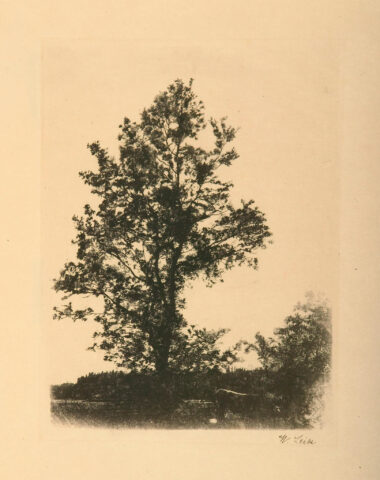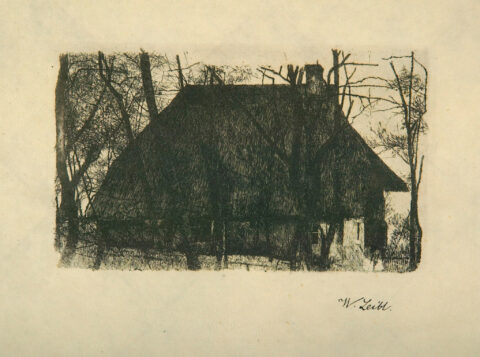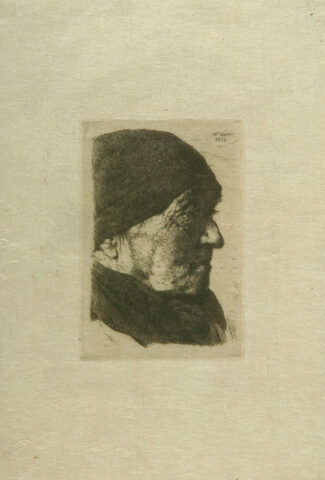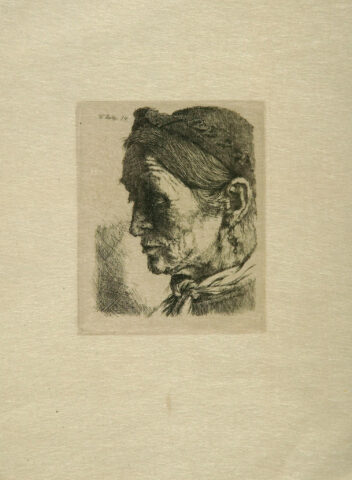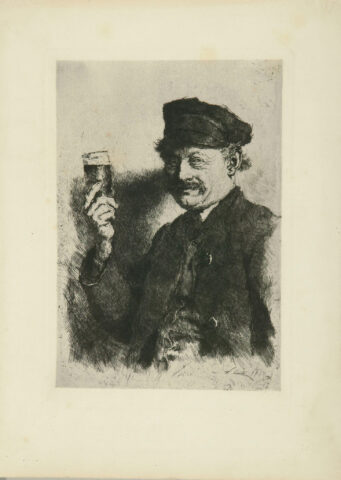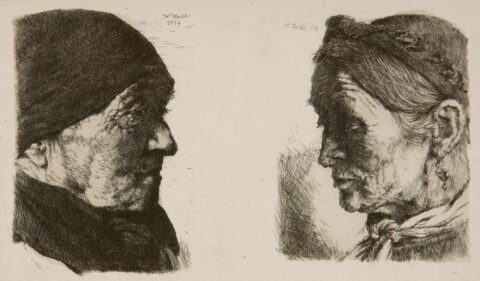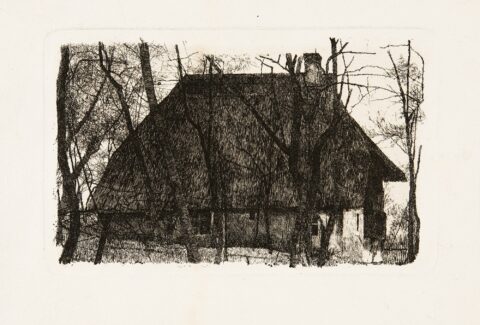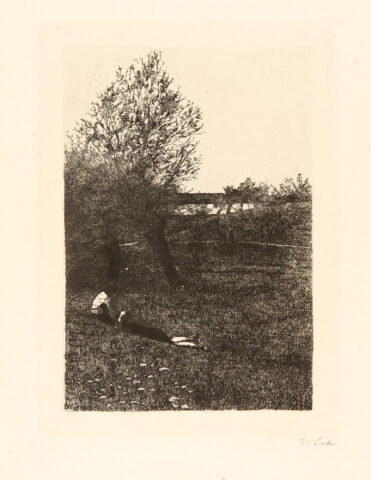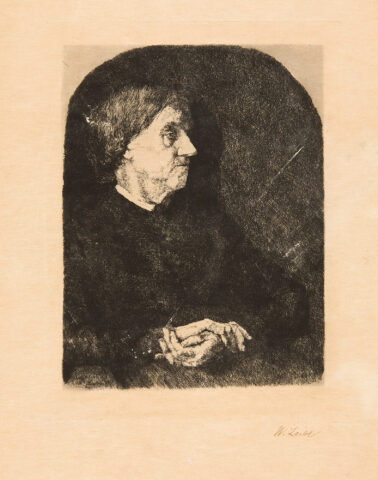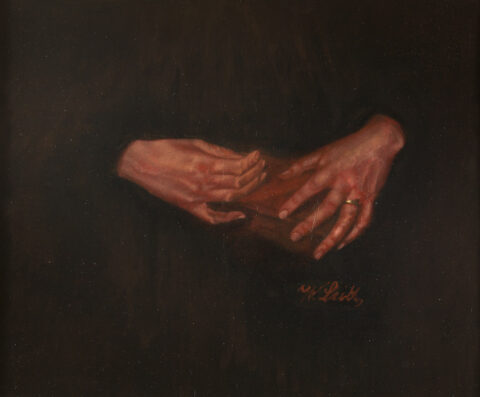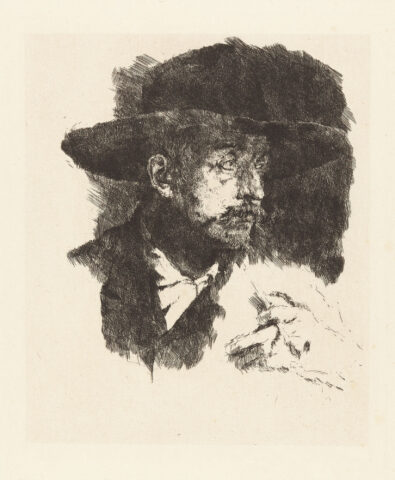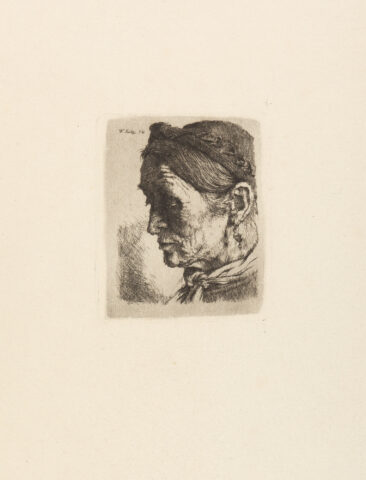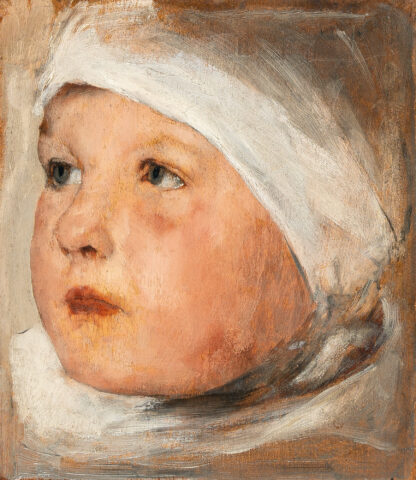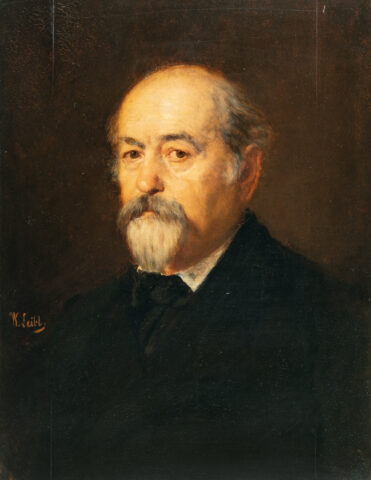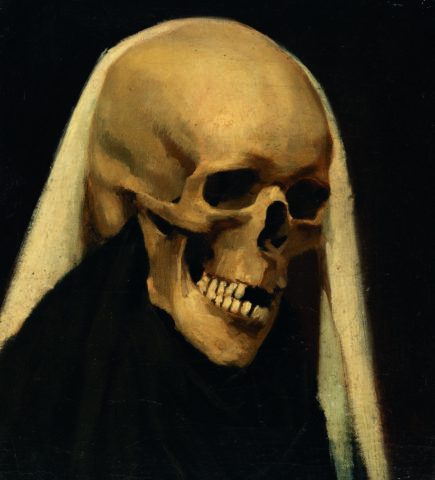Wilhelm Leibl
After dropping out of school and his apprenticeship as a locksmith Wilhelm Leibl receives his first lessons from the painter and art critic Hermann Becker in Cologne. In 1864 he changes to the academy of arts in Munich, where he becomes a pupil of Carl Theodor von Piloty in 1868. He produces his first portraits, which still show the influence of the old masters, especially Rubens. From 1869 he worked in a studio with Johann Sperl and others. During this time he painted the portrait of Mrs Gedon, which attracted the attention of Gustave Courbet, whom Leibl visited in Paris in 1870. From then on, Courbet’s painting and also Eduard Manet’s provided him with valuable impulses.
When he returned to Munich, Leibl gathered a number of like-minded painters around him – including Carl Schuch, Wilhelm Trübner and, for a time, Hans Thoma – who became known as the Leibl circle. As early as 1873 he withdrew from the Munich art scene and initially moved to the vicinity of Dachau, where he painted his first rural motifs, incorporating ideas from the Barbizon school, especially Jean Francois Millet. He then moved to Bad Aibling, where he painted his most famous painting, Three Women in Church. The 1880s were marked by personal problems, including health problems, but towards the end of the decade Leibl gained increasing general recognition; he exhibited frequently and the sale of his genre paintings enabled him to move to a farm in Kutterling, where – often in collaboration with Sperl – he produced his last works.


